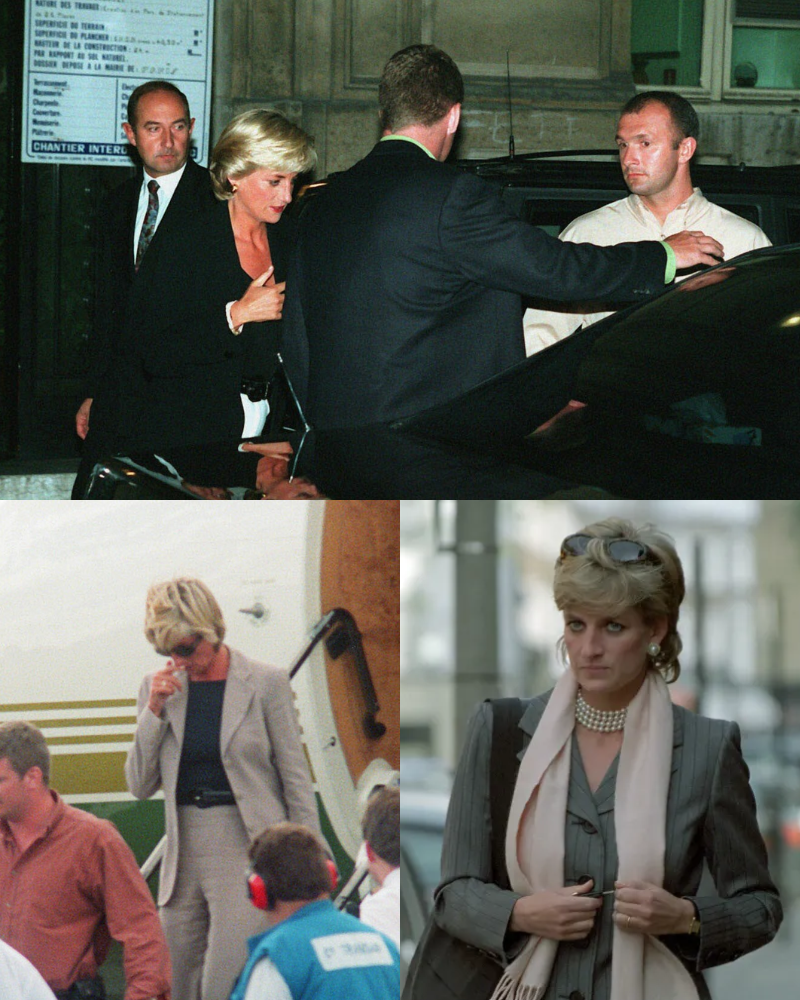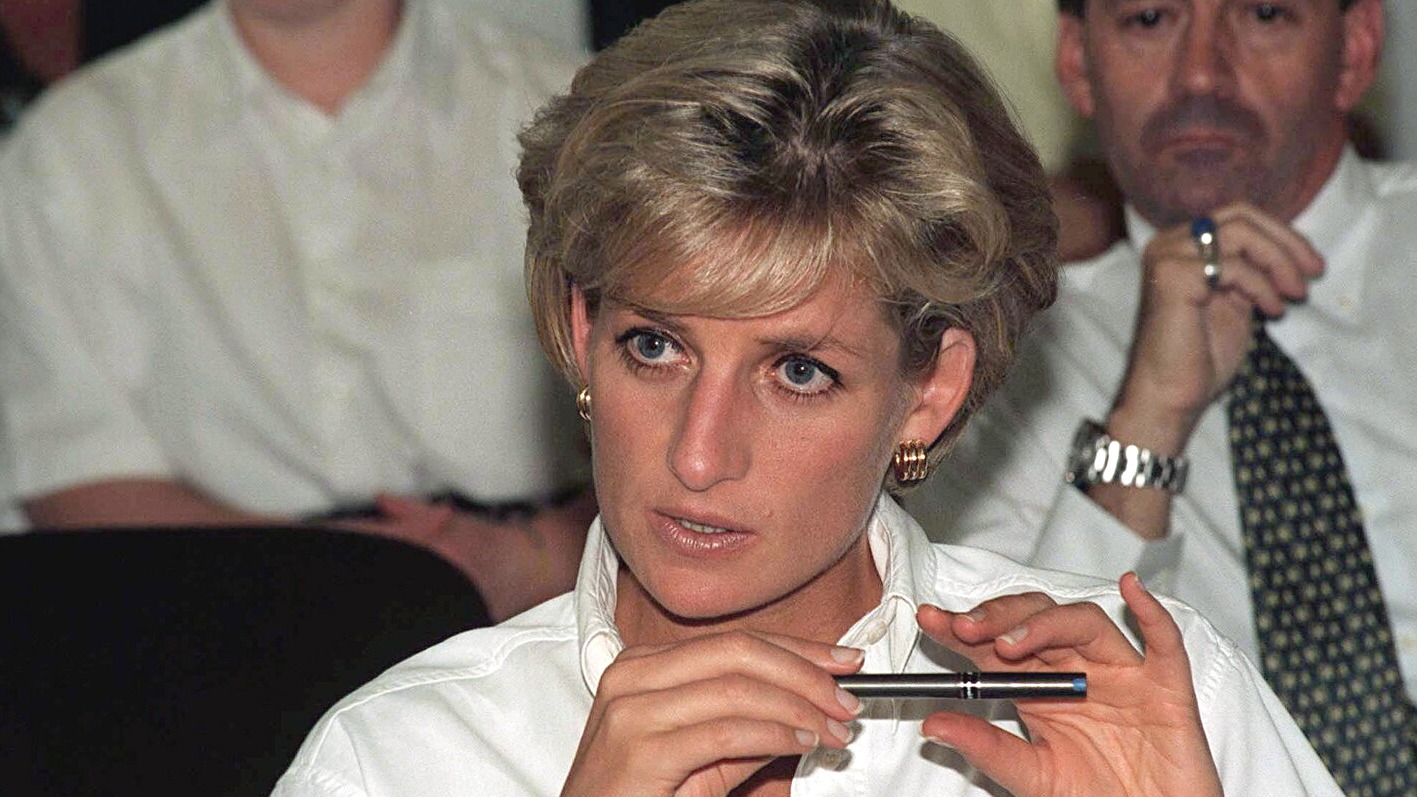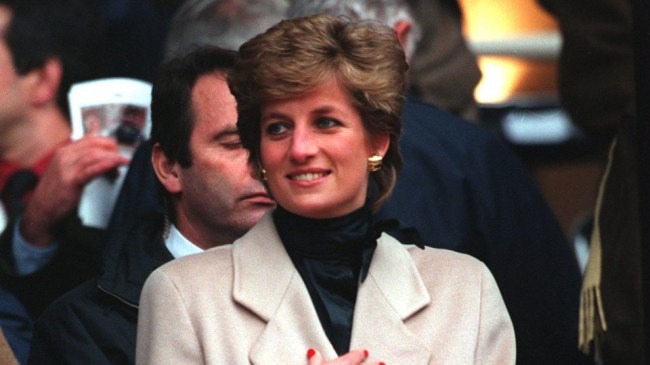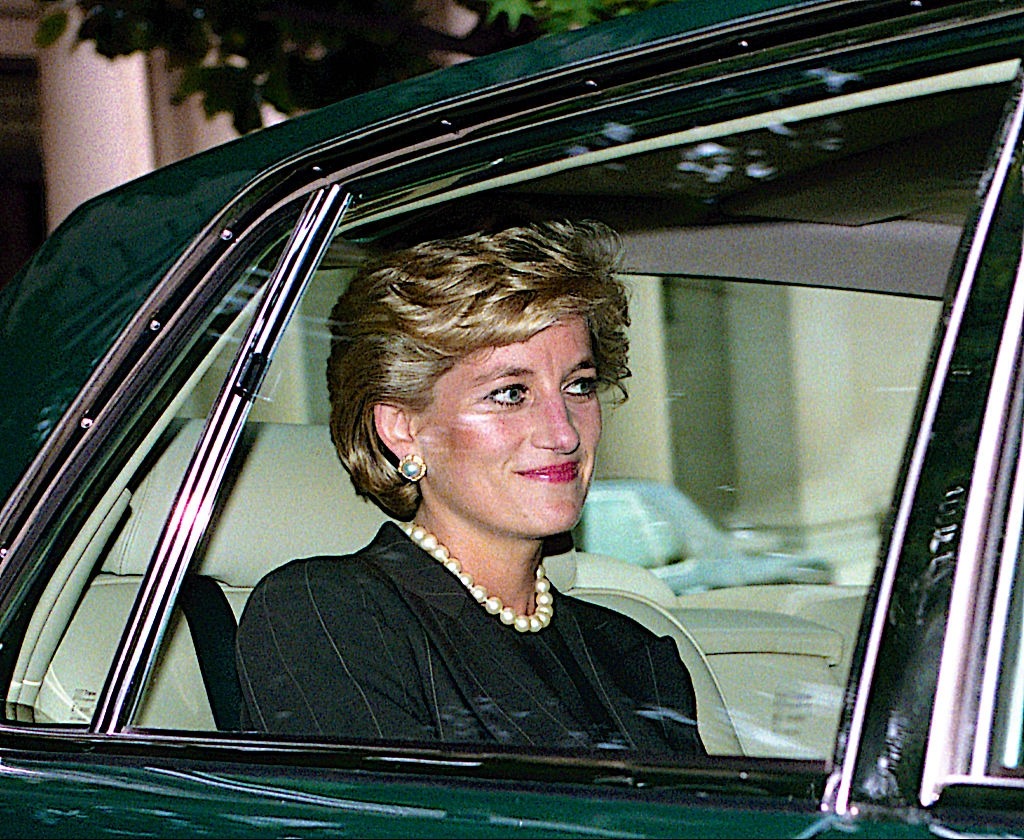
The tragic death of Princess Diana in August 1997 shocked the world. Just 36 years old at the time, Diana died following a car crash in the Pont de l’Alma tunnel in Paris.
Her companion, Dodi Fayed, and the driver, Henri Paul, also died. Only bodyguard Trevor Rees-Jones survived, though with serious injuries.
A report released in 2012 uncovered details from that night, including how Diana initially refused treatment and how photographs of her receiving medical care were later destroyed by French authorities.

What Led to the Crash
At the time of her death, Diana was in a widely publicized relationship with Dodi Fayed, son of Mohamed Al Fayed, the former owner of Harrods. The couple had just returned from a Mediterranean holiday aboard Dodi’s yacht and were staying at the Ritz in Paris.
On the night of August 30, attempting to avoid paparazzi gathered at the hotel, they exited through the back entrance around 11:30 pm. Their destination was an apartment near the Champs Elysees. Unfortunately, photographers pursued them on motorcycles.
At approximately 12:25 am on August 31, their Mercedes collided with a white Fiat Uno and crashed into the 13th pillar in the tunnel at around 65 mph. No one in the car was wearing a seatbelt.

First on the Scene
Dr. Frédéric Mailliez, returning home from a party, was among the first to arrive. Seeing smoke, he stopped and approached the wreck. He found Dodi and Henri Paul apparently dead, but the two others, including Diana, were still alive.
Mailliez, unaware of her identity, recalled that Diana was seated on the floor in the back and appeared to be struggling to breathe. “She was a most beautiful woman,” he noted, adding that while her face wasn’t visibly injured, he suspected internal trauma. He called emergency services and tried to reassure her in English, telling her everything would be alright.
Police and Paramedics Arrive
French officer Sébastien Dorzee arrived shortly after. He described blood coming from Diana’s mouth and nose and a deep wound on her forehead. “She was rubbing her stomach. She must have been in pain,” he said. He recalled that she looked toward the driver, became agitated, and then closed her eyes.
Photos taken by emergency responders at the scene were reportedly destroyed by authorities, according to the 2012 investigation led by Lord Stevens.

Her Final Words
Paramedic Xavier Gourmelon, who stayed with Diana in the wrecked car, recalled that she spoke in English: “Oh my God, what’s happened?” He held her hand and tried to calm her before other responders took over. Initially, her injuries seemed minor, aside from a shoulder wound.
However, when Diana was moved onto a stretcher, she went into cardiac arrest. Her heart was restarted at the scene, but her blood pressure later dropped inside the ambulance. Though she was taken to the hospital alive, she went into full cardiac arrest again.
Early medical reports noted a concussion, a broken arm, and cuts to her thighs. Later, doctors confirmed she had suffered massive internal chest injuries. Despite efforts to stop the bleeding through surgery and repeated attempts to restart her heart, she was pronounced dead at 4:00 am.

A Final Blessing
Father Yves-Marie Clochard-Bossuet, a Catholic priest, was asked to stay with Diana’s body until an Anglican priest could be found. He remembered seeing her for the first time in the hospital. “She was completely intact, no mark or stain, or make-up. Completely natural. And she was a really beautiful woman,” he said. “It seemed as if you could almost talk to her.”
Her sudden death left a lasting impact on the world, and the accounts of those who were with her during her final moments offer a somber glimpse into the tragic night that claimed the life of the People’s Princess.